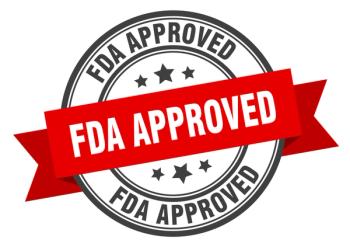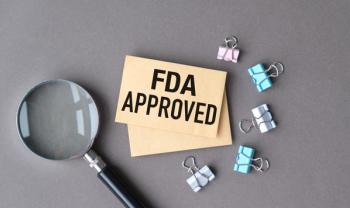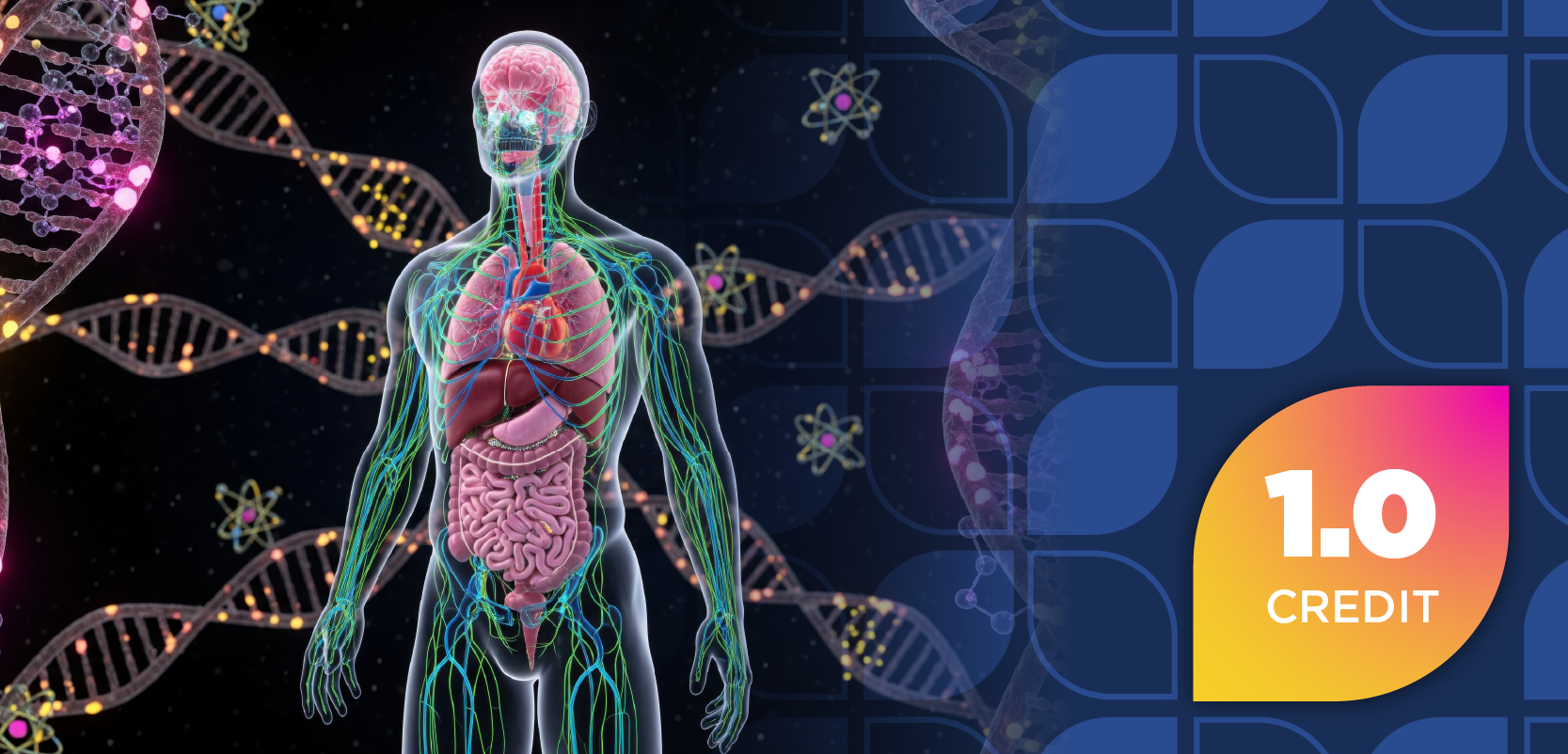
Medicare Part D Can Potentially Increase Medication Adherence, Decrease High Blood Pressure
Medicare Part D found to improve drug adherence in the treatment of high blood pressure.
Findings from a recent study suggest that Medicare Part D can increase medication adherence and reduce the likelihood of beneficiaries developing high blood pressure.
"These findings highlight how important healthcare access is to health outcomes,” said study author Jeffrey Diebold, PhD. “This is especially relevant in light of recent reforms and proposals put forth by presidential candidates, such as allowing the federal government to negotiate with drug companies on pharmaceutical prices, which would increase access to prescription coverage.”
Prior to the start of Part D, approximately 30% of Medicare beneficiaries did not have prescription drug coverage and had to pay for treatment out of pocket, according to the study, published in The Journals of Gerontology Series B: Psychological Sciences and Social Sciences.
"The implementation of Part D should have improved medication adherence, since the drugs became more affordable," Dr Diebold said. "I wanted to know if this happened, and whether Part D actually reduced health risks for seniors. Prior work had shown a decrease in hospitalization rates, but no one has looked at markers related to specific health outcomes."
For the study, researchers analyzed data gathered from 2000 to 2010 on 1700 Medicare beneficiaries. Information such as self-reported health status and any new high blood pressure diagnoses.
"I found a significant and sustained improvement in self-reported health outcomes after the implementation of Part D," Dr Diebold said. "I also found a 50 percent reduction in cost-related nonadherence to drug regimens. Before implementation, 14 percent of people reported disruptions to medication adherence due to the cost of prescription drugs, and that dropped to 7 percent after implementation."
Researchers also estimated that the implementation of Part D caused a 5.6% decrease in the prevalence of high blood pressure.
Many conditions need the continuous use of medication to be effective. Part D allows beneficiaries to receive assistance for prescription drugs and, because of this, these people were more likely to adhere to their medication, according to the study.
"These findings highlight the need to make coverage more affordable and more comprehensive," Dr Diebold concluded. "Recent provisions included in the Affordable Care Act should improve the program along each of these dimensions and build on the improvements evident in this analysis."
Newsletter
Stay informed on drug updates, treatment guidelines, and pharmacy practice trends—subscribe to Pharmacy Times for weekly clinical insights.








































































































































































































